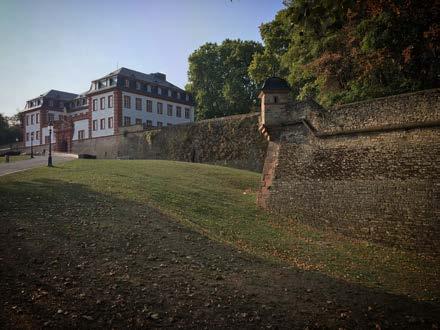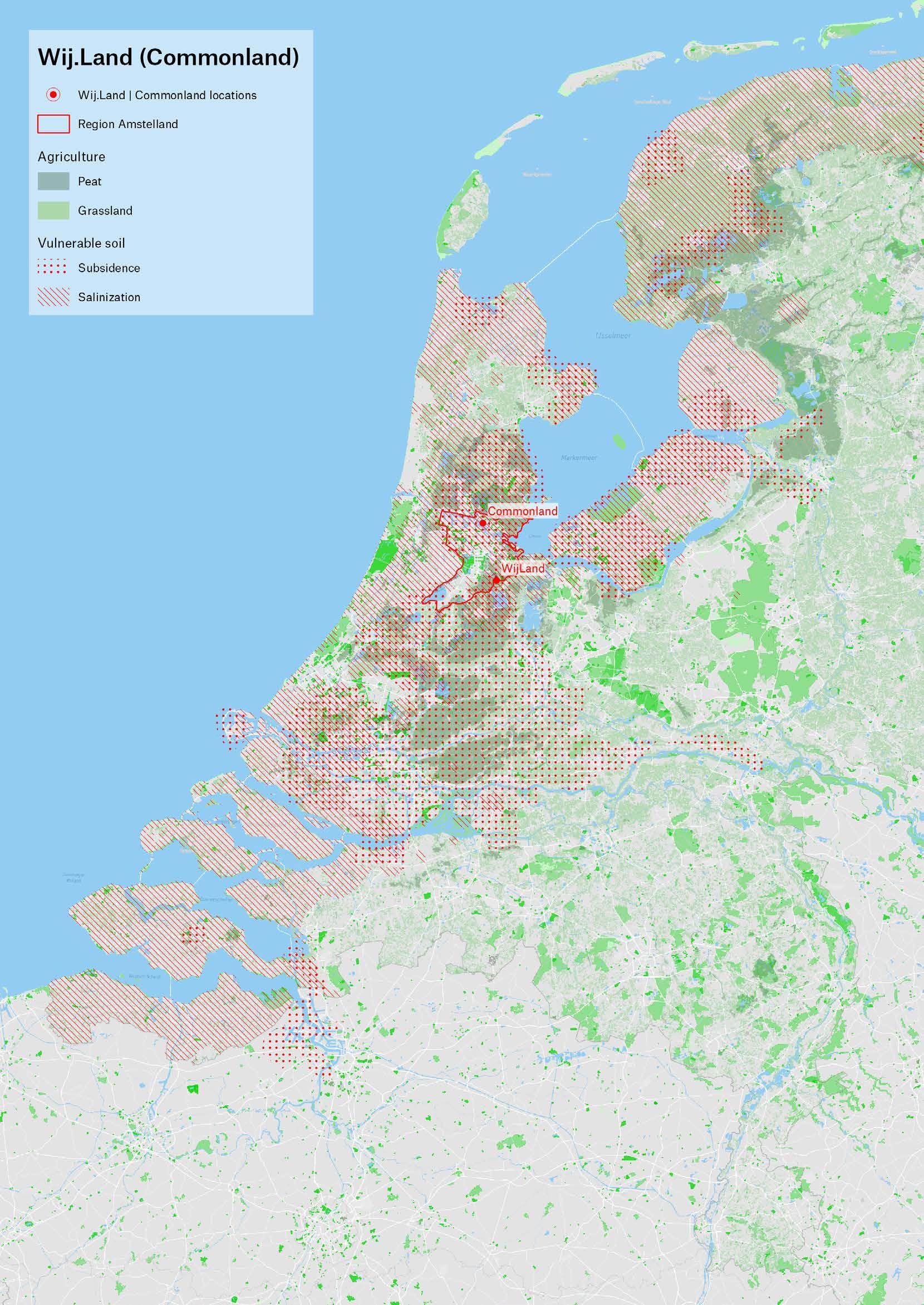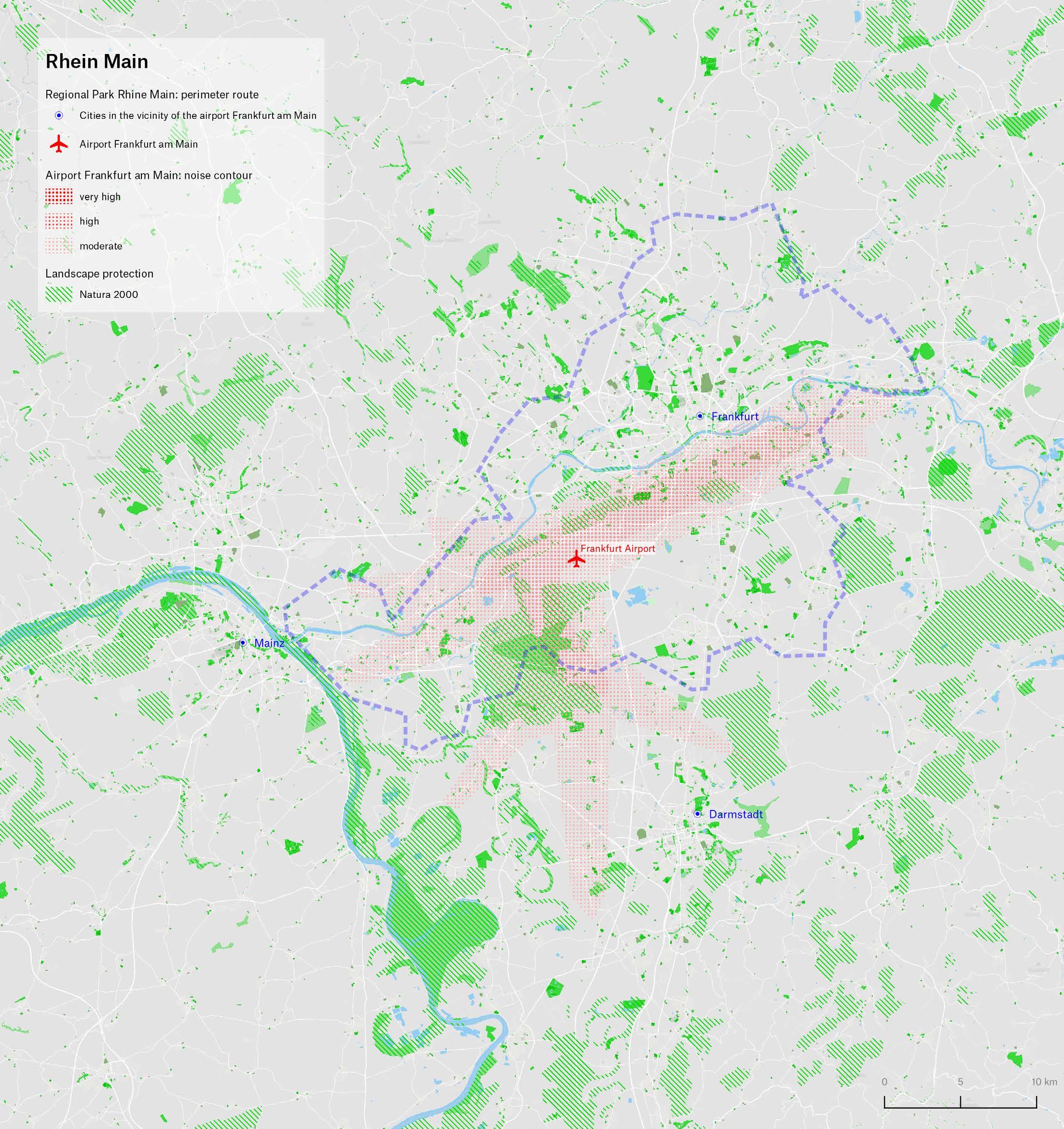
4 minute read
Regionalpark Rhein Main
Frankfurt am Main is known as Germany’s financial capital, with its high-rise buildings, banks and airport hub. The region also offers beautiful landscapes, history and recreational opportunities. These qualities are preserved, developed and linked by the Regionalpark Rhein Main. The park was founded with the idea of protecting the open space between the urban areas in the Rhein Main agglomeration and improving the synergy between nature, agriculture and recreation. The idea of a regional park for the Rhein Main area originated in the early 1990’s. At that time, regional planning was primarily intended to limit urban expansions that would come at the expense of the landscape. This was accomplished by designing so-called green areas and strips to protect open spaces between settlements. Since then, many municipalities have joined the park organization. The budget of the park has had public and private contributions, including the Frankfurt airport operator company.
Metropolitan setting and organization Based on the idea of green strips, the concept for a regional park was develop by the regional organisation Umlandverband Frankfurt. Since 2005, the organisation Regionalpark Through attractive routes, forgotten parts of the regional landscape are The route network guides visitors idyllic places, industrial heritage and The routes are designed with respect of both young and old. More than extends over 1.250 km.
Advertisement
Ballungsraum Rhein Main has taken over coordination of the park. The Frankfurt Rhein Main Regional association has about 2,3 million inhabitants spread over 75 municipalities and an area of almost 25.000 km 2 . The Regionalpark is supported by 15 partners, including 7 Landkreisen (districts) with 123 municipalities, the Regionalverband Frankfurt Rhein Main and the State of Hesse. The area covered by these different partners counts more than 3 million inhabitants. Preserving and valorising the landscape as important quality of
Regionalpark Rhein Main, 1991
Type of organization: public
Focus: metropolitan landscape
Scale: 25,000km2, 2,3 million inhabitants, 75 municipalities
Contact: Kjell Schmidt www.regionalpark-rheinmain.de
Financing model: and private investors (including environmental compensation)
‘rundroute’ www.regionalpark-rheinmain.de the region is central to the design and development of the Regional Park. Researchers recently concluded that Regionalpark Rhein Main is not appropriately institutionalized to serve as an effective regional greenbelt, resulting in localized initiatives and the delegation of greenbelt planning to municipalities (Mcdonald e.a., 2020).
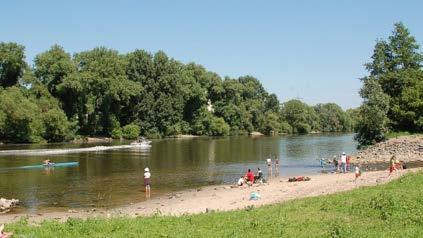
Network The regional park is conceptualized as a combination of networks: natural, cultural and recreational. made accessible and perceptible. through ancient rural landscapes, important historic gardens and sites. for the local environment and nature and in order to stimulate experiences 200 projects have been realized so far and the park’s route network subsidies, annual contributions
Read more: Sara Macdonald, Jochen Monstadt & Abigail Friendly (2020): From the Frankfurt greenbelt to the Regionalpark RheinMain: an institutional perspective on regional greenbelt governance, European Planning Studies
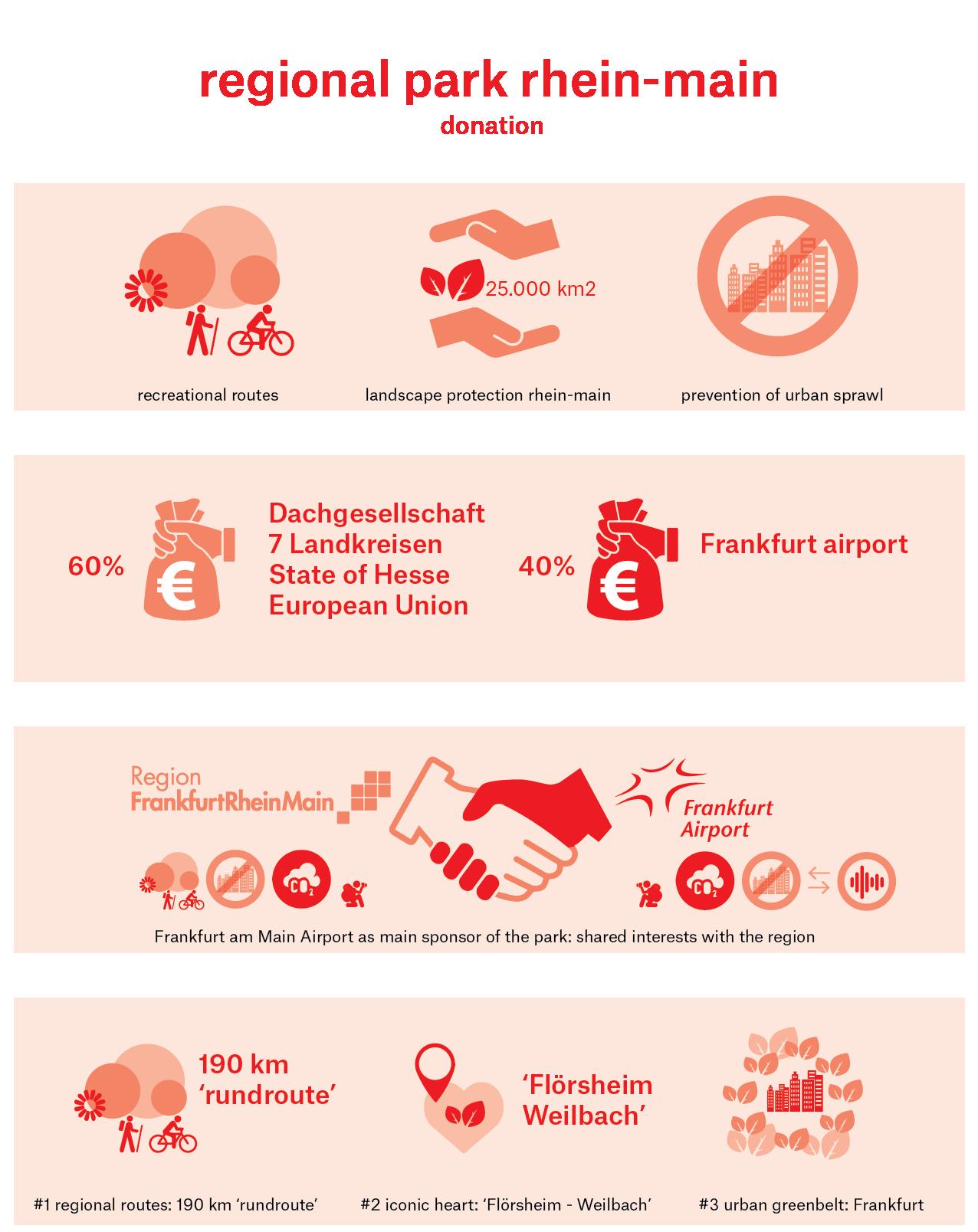
Regional Park Rhein Main. Photo: Sergei Gussev, 2019 - Flickr CC

Lessons learned Regionalpark Rhein Main is financially supported by 15 partners, including 7 Landkreisen (districts, including 123 municipalities), the Regionalverband Frankfurt Rhein-Main, and the State of Hesse. Each shareholder pays an annual contribution of €75.000. In addition, the organization receives a State subsidy of €150.000 and contributions from third parties. Frankfurt Airport is the largest supporter of the Regional Park, with an annual contribution of €800.000 and a total amount of 17 million invested by 2019. The annual spending in projects has been around €2,4 million.
An important factor in the development of the park, is the German environmental law, which requires the responsible actor to compensate for green space destruction. In this case, the extension of the airport has yielded large investment in the Frankfurt Greenbelt and the Regional Park. Recently, however, the airport has announced to reduce the contribution to €400.000 in 2020 and withdraw as contributor altogether in 2021. In the Netherlands, similar legal and strategic factors should be taken into account, when large companies such as Schiphol Airport become partners in landscape development projects.
Potential The Regionalpark Rhein Main is an example of strong conceptual scaling and landscape network planning. After a few decades, the area already includes many designated natural and cultural landscape entities, including the Frankfurt greenbelt. It is questionable wether this would have been possible without such a strong public initiative. It seems that it is possible to engage important private economic actors in landscape investment, such as the airport, as long as the laws stimulate or require this. An additional factor has been, that because of the airport extension and noise pollution, the company has had an incentive to invest in a regional license to operate, a good image. Furthermore, as Kees Christiaanse concluded in his book Noise Landscapes (2017), airports and large landscape projects share a common goal and enemy: they need to contain urban sprawl in order to maintain themselves. Developing the airport and landscape network of the future should therefore be an integrated challenge in the Netherlands, including public and private stakeholders.
Photo: Sergei Gussev, Flickr CC, 2018
